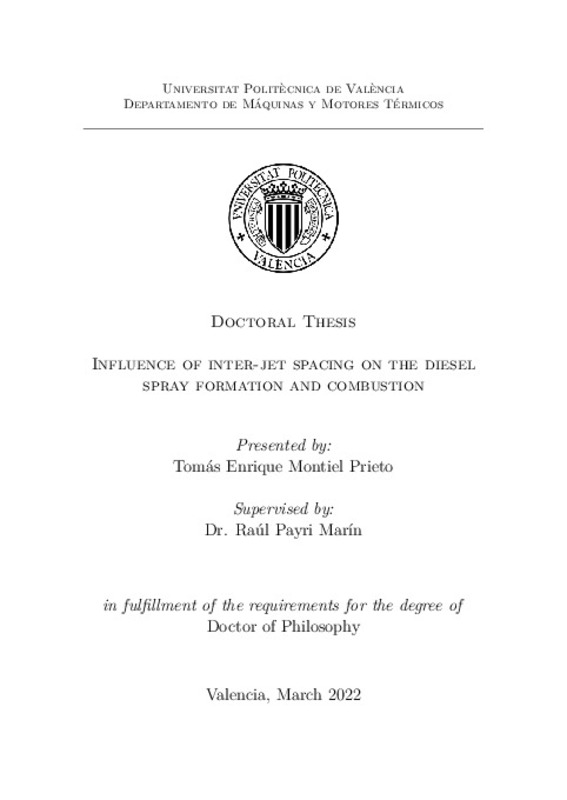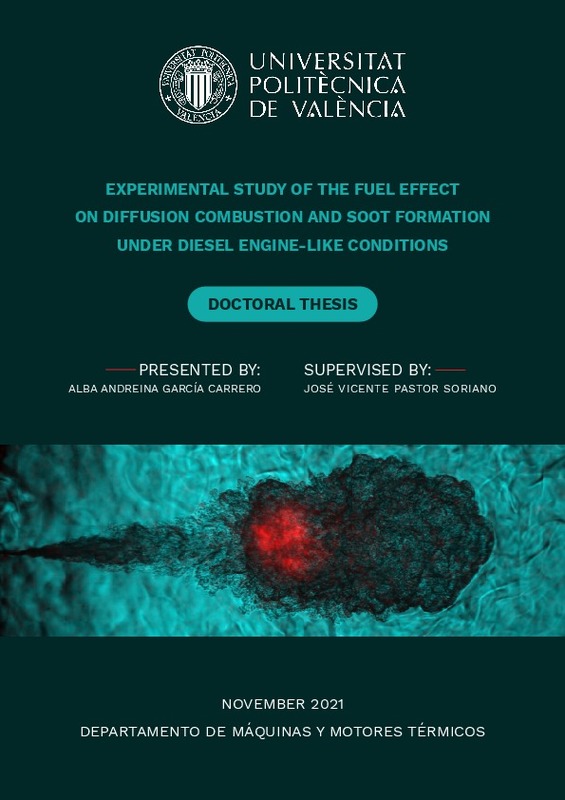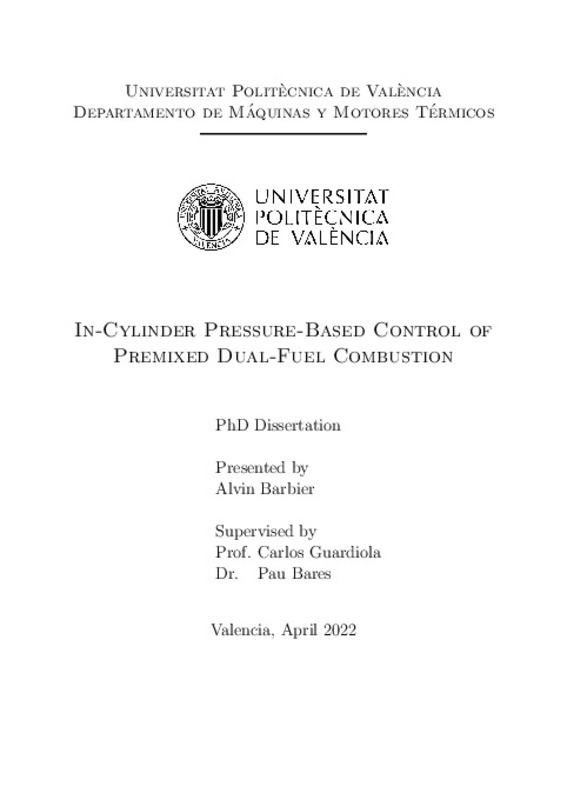JavaScript is disabled for your browser. Some features of this site may not work without it.
Buscar en RiuNet
Listar
Mi cuenta
Estadísticas
Ayuda RiuNet
Admin. UPV
Engine combustion network: comparison of spray development, vaporization, and combustion in different combustion vessels
Mostrar el registro completo del ítem
Bardi, M.; Payri Marín, R.; Malbec, LM.; Bruneaux, G.; Pickett, LM.; Manin, J.; Bazyn, T.... (2012). Engine combustion network: comparison of spray development, vaporization, and combustion in different combustion vessels. Atomization and Sprays. 22(10):807-842. doi:10.1615/AtomizSpr.2013005837
Por favor, use este identificador para citar o enlazar este ítem: http://hdl.handle.net/10251/32304
Ficheros en el ítem
Metadatos del ítem
| Título: | Engine combustion network: comparison of spray development, vaporization, and combustion in different combustion vessels | |
| Autor: | Bardi, Michele Malbec, Louis Marie Bruneaux, Gilles Pickett, Lyle M. Manin, Julien Bazyn, Tim Genzale, Caroline | |
| Entidad UPV: |
|
|
| Fecha difusión: |
|
|
| Resumen: |
Development and mixing of Diesel sprays are long known to be key factors for combustion and pollutant
emissions but the related measurements in a real engine is not an easy task. This fact led researchers
to simulate ...[+]
|
|
| Palabras clave: |
|
|
| Derechos de uso: | Cerrado | |
| Fuente: |
|
|
| DOI: |
|
|
| Editorial: |
|
|
| Versión del editor: | http:/dx.doi.org/10.1615/AtomizSpr.2013005837 | |
| Tipo: |
|






![[Cerrado]](/themes/UPV/images/candado.png)





